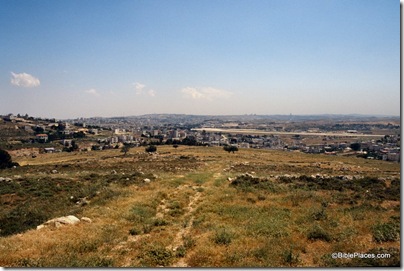Most of what is in this Arutz-7 interview with Dr. Gabriel Barkay is not new, but some things are worth hearing again.
Of the discoveries that have been made in the Temple Mount Sifting Project (unfortunately translated in the article as “Screening the Waste”!):
Barkai explained that despite the conditions, “We have made thousands of amazing finds that have changed the way we understand that period.”
Asked later to elaborate, he told Israel National News, “For instance, we have found many small floor tiles, of different colors, which confirm the Talmud’s description of the floor of the Second Temple as being reminiscent of the ocean.”
Other finds have included fragments of stone decorated with ornaments known to be from the Second Temple Period, arrowheads from Nebuchadnezzar’s army and also from the Romans, as well as coins and decorations from many periods. Among the most exciting finds were bullae (seal rings), ostracons written in ancient Hebrew script, seals, and more.
Of the agenda to rewrite history in order to eliminate a Jewish connection to the Temple Mount:
Barkai explained that in addition to building mosques on the site, the Moslems clearly have the goal of detaching Israel from its past and Holy Temple connections: “They wish to undermine Jewish ownership and bonds to the Temple Mount. They’ve built a giant mosque there in Solomon’s Stables [under the Temple Mount] and another one nearby – but aside from that, they have an ideological goal which is even making inroads to naïve circles in the west, and it is called ‘Holy Temple denial.’ They act as if there never was a Holy Temple. This is very very grave; regarding the Holocaust, there are living people who still remember it, but the same cannot be said regarding the Temple…”
“We must demand that Israeli law and sovereignty be enforced on the Temple Mount,” Barkai concluded.
The full article is here.

